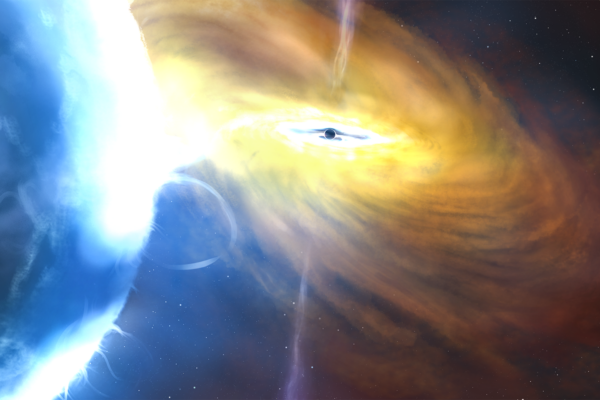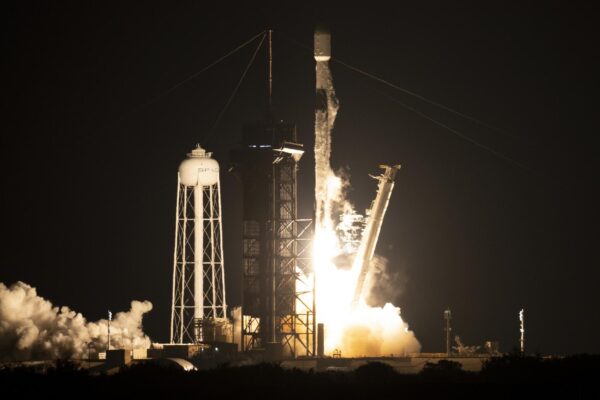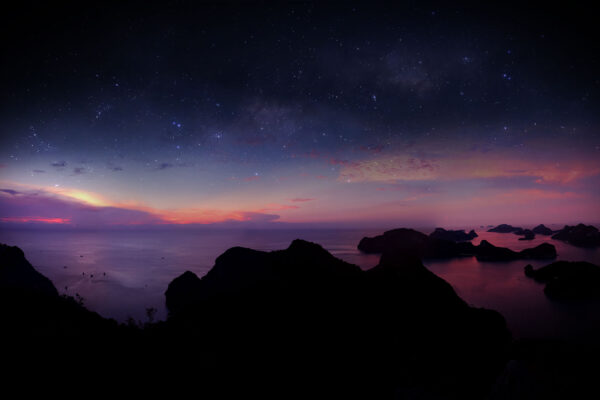Researchers in the Department of Physics in Arts & Sciences at Washington University in St. Louis received $1.5 million from NASA to fund a new flight of XL-Calibur, a balloon-borne telescope built to examine the most extreme objects in the universe. XL-Calibur will be launched from Esrange Space Center in Sweden, north of the Arctic Circle, in May 2024.
Henric Krawczynski, professor and chair of physics, is leading a collaboration of more than 50 scientists from three countries — the United States, Japan and Sweden — on the project. Krawczynski and his group at Washington University developed XL-Calibur and its successful predecessor X-Calibur to unlock the secrets of astrophysical black holes and neutron stars. The telescope last flew in 2022.
The XL-Calibur instrument measures polarized X-ray light as it is lofted under a scientific balloon flown at 125,000 feet in the air. The data that it gathers can be used on its own or together with data from a space-based polarization detector called IXPE. Krawczynski and his collaborators participate in IXPE as members of the science team.
During their upcoming flight, the XL-Calibur scientists plan to study how the black hole Cygnus X-1 accretes matter and to test models of particle acceleration by pulsars and blazars. XL-Calibur scientists also seek to validate certain findings suggested by IXPE, including a new theory about the nature of the X-ray source known as Cygnus X-3, which may be a neutron star in disguise and not a black hole. XL-Calibur scientists will be able to take a close look at the Cygnus X-3 accretion disk and determine how matter and magnetic fields are organized in the extreme environment close to this compact object.
Krawczynski is teaming up with Alex Chen and Yayie Yuan, both assistant professors of physics in Arts & Sciences; graduate students Nicole Rodriguez Cavero and Ephraim Gau; and postdoctoral fellow Kun Hu to work on a new theory to explain the recent IXPE observations of stellar mass black holes.
“Most of the recent IXPE black hole observations have given us really surprising results,” said Krawczynski, who is a faculty fellow of the McDonnell Center for the Space Sciences. “We are getting the first information about the magnetization of black hole accretion disk atmospheres.”


